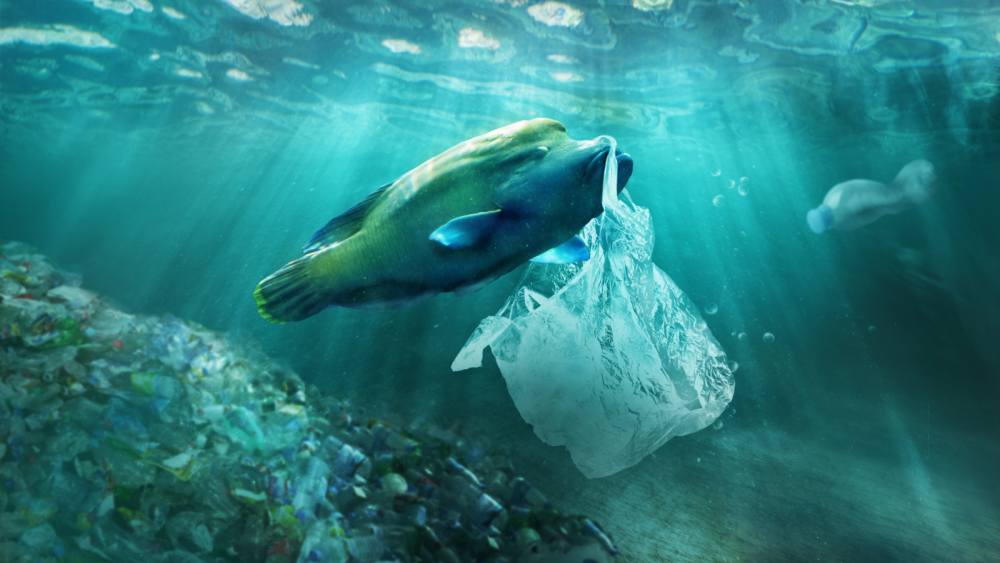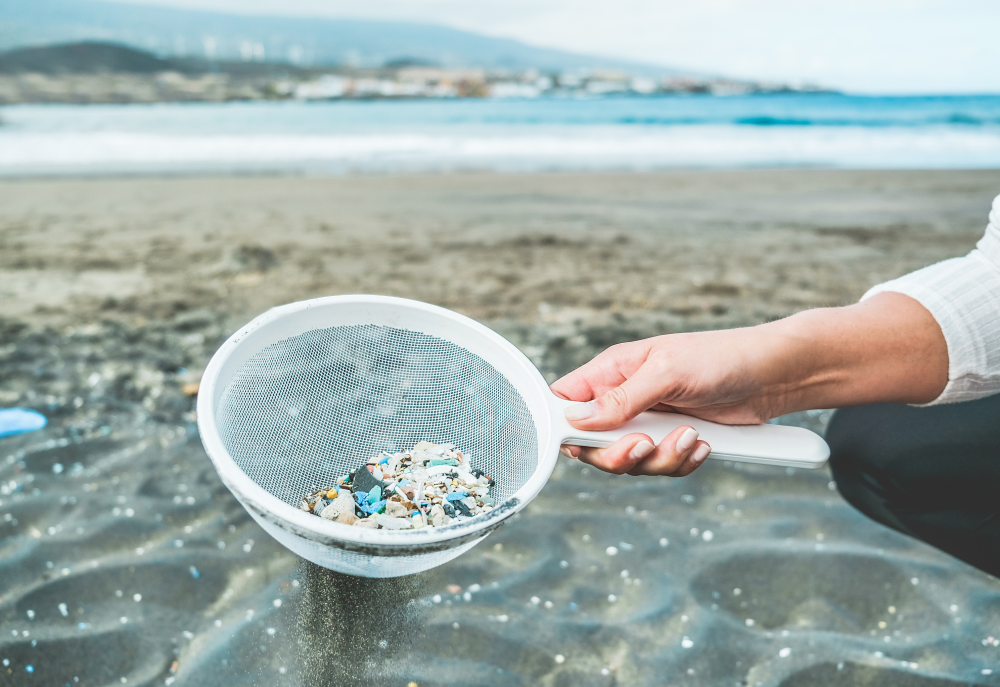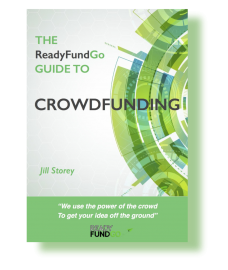
Plastic in the ocean
By Jelena Smiljanic
The world of industrialisation brought us many changes, easy and fast solutions to save our time and the products we make. The path of plastic made promises: to save people’s health and bring us clean life. Everything started to be packaged in plastic.
As the variety of polyethylene grows every day; people cannot believe where it has ended up. In this promise of sterile life, where products stayed fresh for longer, prewashed, and edible straight after opening, we almost found a perfection of a clean, sterile life.
Little did we know that this heavenly material would contaminate and destroy piece by piece of our beautiful environment.
Now when reality hits us hard, people struggle to find the best ways for decomposing plastics. Being such durable material, it is not an easy task.
To respond to it with another chemistry solution, would only build up this problem.
Can Nature solve it on its own or can we use some of the existing solutions to improve and speed up the process?
When plastic ends up in the waters of the ocean, with time it breaks into smaller and smaller pieces. We call it microplastics or microbeads. The second type is commonly present in cosmetics.

When in water, microplastic and microbeads will often be mistaken by marine life to be the food. The results are devastating-animals end up with stomachs full of plastic, impossible to digest, and die from starvation.
Microplastics returns to our system in drinking water, it can be inhaled or get in contact to our skin and cause immunity reaction.
“Microplastics exposure can cause toxicity through oxidative stress, inflammatory lesions, and increased uptake or translocation. Several studies have demonstrated the potentiality of metabolic disturbances, neurotoxicity, and increased cancer risk in humans.”(1)
Now when the simple truth is out there, we know about two possible approaches.
One is to prevent further plastic from ending up in waters, and the other is to find a natural solution to clean up existing plastics. But how can we do this?
In Australia, the land of a rising sun, beautiful beaches, and the proximity of coral reefs, people should fight even more for our Mother Nature, seeing from firsthand how all this contamination is affecting the world around.
Only a few people have ideas, the rest of us just follow.
If you have an idea and need the support of the community, crowdfunding is the newest way to ask for it and get your solution to the light of the day!
Start your crowdfunding campaign today with Australian crowdfunding platform ReadyFundGo or reach out to book a consultation with one of our consultants.
About the Author

Jelena Smiljanic
Jelena is a Scientific writer with a focus on Environmental issues. She holds a Master degree in Molecular biology and Genetics with specialization in Human genome. Living between Europe, China and Australia, Jelena collected broad experience about nature and human diversity.



